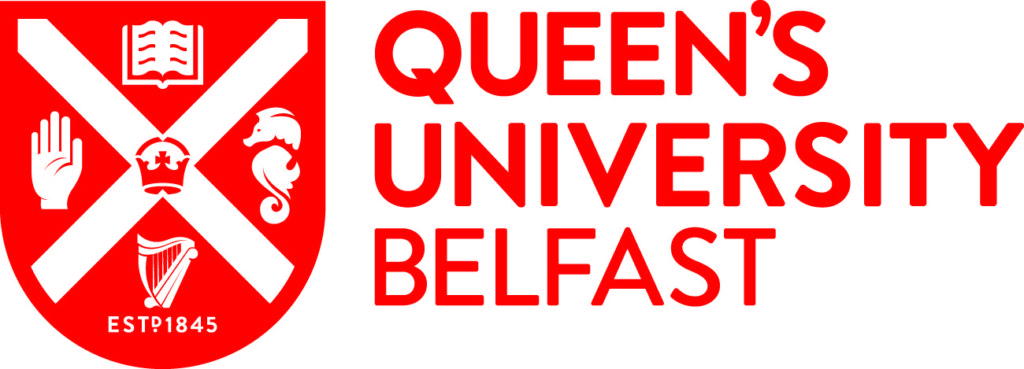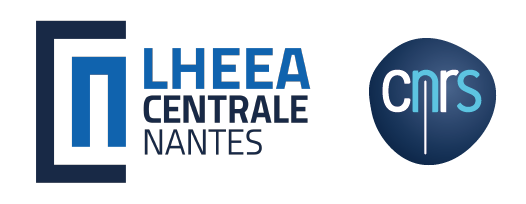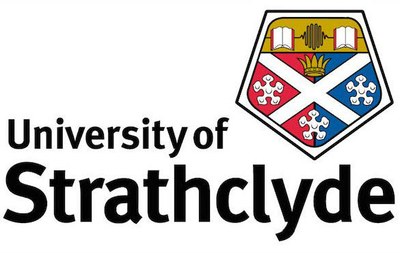WP05 - Control Strategy
Work Package 05 - Control Strategy
The LiftWEC presents some features common to both wind turbines (unidirectional rotation) and more classical wave energy devices (harmonic excitation). These features combine to present a somewhat unique control problem, with the overall control objective being to minimise the Levelised Cost of Energy (LCoE). In many wave energy control studies, the control objective is simplified to that of energy maximisation. However, this may come with an unacceptable increase in maintenance requirements, due to the increased duty cycle of components, or increased stress on key system components, as the control system seeks to extract maximum power. However, the relationship between control action and operational costs is not easily articulated, and this project will exploit the synergy between WP5 (Control) and WP6 (Structural design) and WP8 (Cost of Energy) in formulating a parameterised overall performance function based on LCoE.
A key ingredient for a well-performing control system is an accurate numerical model and, to this end, WP5 will interface closely with WP3 (Numerical modelling). Since WP3 will have broader modelling objectives, it will be the responsibility of WP5 to ensure that a numerical model for the LiftWEC is suitable for control design, specifically that it is computationally tractable in real time and that the parametric structure lends itself to a control design procedure. There is also a two-way exchange between WP5 and WP3 in that the addition of a control function generally serves to expand the operational envelope of the WEC (relative fluid/surface interactions), so that the validity of the numerical models of WP3 will need to be carefully monitored. In addition, the control system itself will form part of the complete system numerical model which will be used for power production assessment, etc. There will also be interchange between WP5 and WP2 in terms of actuator and sensor specification.
WP5 will also interface heavily with WP4 (Physical modelling) in relation to implementation of the developed control scheme and, since WP5 will also play a significant role in the determination of LCoE, there will be significant interaction between WP5 and WP8 (Cost of energy). Needless to say, WP5 will also play its role in disseminating new control developments via WP10 (Dissemination).
The control design itself is likely to rely on numerical optimisation, for accurate high-performance wave-by-wave control, with the overall performance function (based on LCoE) as a control objective. The manipulated (solution to the control problem) is the load torque on the WEC shaft, modulated by the generator and its associated power electronics. Given the (multi) harmonic forcing of the WEC shaft, it is likely that the employment of reactive power to achieve suitable phase matching between the WEC velocity and the excitation force will be beneficial. However, constrained optimisation will be needed to ensure that physical limits on the shaft torque and the excursion of the LiftWEC radius of rotation are not exceeded. To this end, it is likely to be beneficial to have a measure, or estimate, of the wave excitation force impacting the device, in real time.





